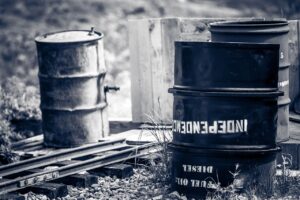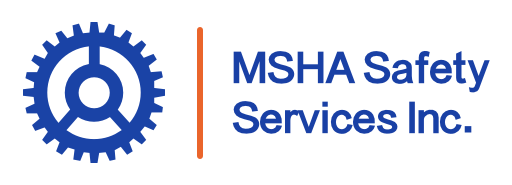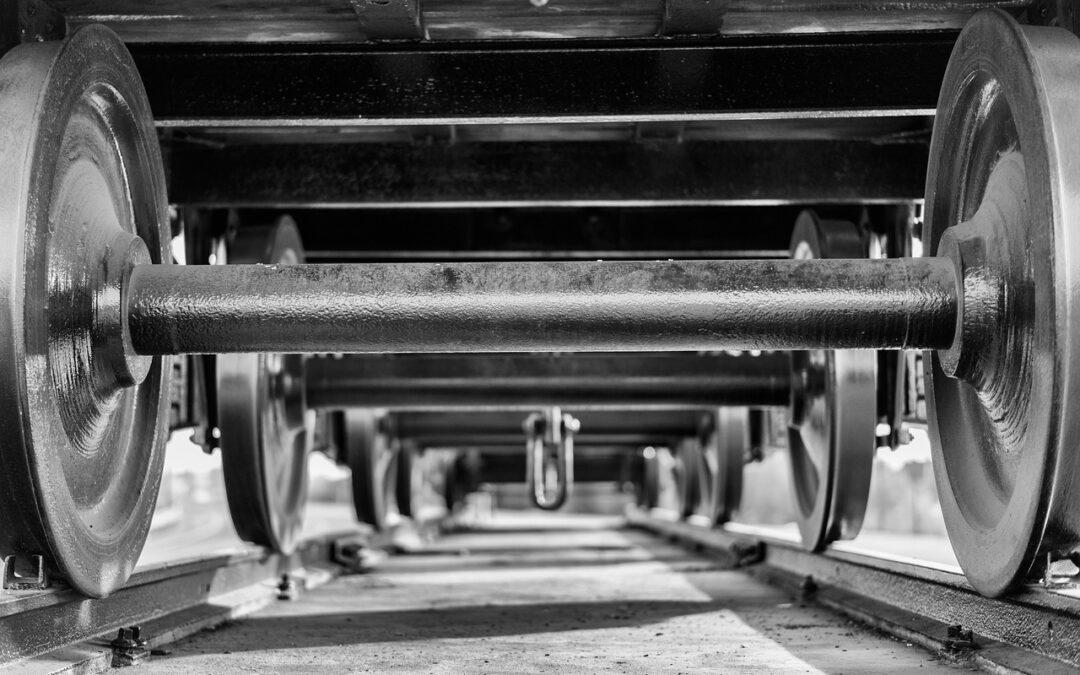Every piece of machinery, from massive haul trucks to drilling equipment, is essential for getting the job done—but also carries the potential for serious danger in mining. Understanding and preventing mining equipment hazards is more than just compliance; it’s about protecting lives, maintaining operational efficiency, and securing the future of the mining industry. In this article, we’ll explore the risks associated with hydraulic fluids, tires, and explosives, and outline practical strategies to keep workers safe.
Overview of Common Mining Equipment Hazards
Mining sites are filled with heavy machinery, pressurized systems, and explosive materials—all of which can cause harm if mishandled. Common hazards include:
- Hydraulic system failures that lead to fires or toxic exposure.
- Tire explosions from overinflation, heat, or structural defects.
- Misuse or mishandling of explosives leading to catastrophic accidents.
By understanding these hazards, mining operations can prioritize training, maintenance, and safety protocols to reduce incidents and save lives.
The Hidden Dangers of Hydraulic Fluids in Mining Operations
Hydraulic fluids keep mining equipment operating smoothly, but they also pose significant dangers. These fluids are often under extreme pressure, and a small leak can cause high-velocity fluid injection injuries—penetrating the skin and leading to severe tissue damage.
Beyond physical injury, some hydraulic fluids are highly flammable, increasing the risk of fires, especially when equipment operates in hot environments. Many contain toxic substances that can harm workers through skin contact or inhalation.
Protecting Workers from Toxic Exposure to Hydraulic Fluids
Prevention begins with proper personal protective equipment (PPE), including gloves, face shields, and long sleeves. Operators should receive training on identifying hydraulic leaks, using lockout/tagout procedures, and handling spills.
Regular fluid testing, equipment inspections, and replacement of worn hoses can drastically reduce exposure risks. Even small leaks should never be ignored—what looks like a harmless drip can become a serious safety hazard in seconds.
Tire Explosions: One of the Deadliest Equipment-Related Risks
Mining tires are massive, often taller than the average person and weighing several hundred kilograms. They are also under tremendous internal pressure. A failure during inflation or while in use can create a tire explosion powerful enough to kill anyone nearby.
Heat from brakes, welding, or even direct sunlight can increase tire pressure beyond safe limits, turning a routine maintenance task into a life-threatening event.
Heavy Equipment Tire Safety: Inspection and Replacement Protocols
Tire safety begins with daily inspections. Operators should check for cuts, bulges, excessive wear, or embedded debris. Tires nearing the end of their service life must be replaced promptly—pushing them beyond their limits is a gamble with deadly stakes.
Inflation should only be performed in safety cages or from a safe distance, using remote inflation systems whenever possible. Training tire maintenance crews on safe handling procedures is essential.
Explosives in Mining: Storage, Handling, and Accident Prevention
Explosives are vital for breaking rock in mining, but improper handling can have catastrophic consequences. They must be stored in designated, secure facilities that meet regulatory standards for ventilation, temperature control, and access restriction.
Training workers on blast schedules, misfire handling, and safe transportation minimizes risks. Unauthorized personnel should never have access to explosives storage areas, and all handling must follow strict standard operating procedures.
Why Improper Maintenance Increases Equipment-Related Accidents
Neglected maintenance is a silent killer in mining operations. Worn hydraulic hoses, aged tires, and poorly stored explosives are accidents waiting to happen. These equipment-related hazards can lead to serious injuries or fatalities if not addressed proactively through routine checks and adherence to maintenance protocols.
The Cost of Unsafe Mining Practices: Fatalities, Injuries, and Industry Growth
Accidents don’t just harm workers—they slow production, increase insurance costs, and damage a company’s reputation. In some cases, repeated safety violations can lead to shutdowns, costing millions in lost revenue and negatively affecting the mining industry’s overall image and growth.
Explosion Risk Management: Best Practices for Mining Sites
Effective risk management starts with hazard assessments. This includes identifying potential ignition sources, maintaining fire suppression systems, and ensuring explosives are handled only by trained personnel.
Emergency drills and clear evacuation plans are essential. Workers should know exactly where to go and what to do in the event of an explosion.
Training Workers to Recognize and Respond to Equipment Hazards
Knowledge is a miner’s most valuable safety tool. To prevent accidents, training must go beyond basic onboarding and include detailed instruction on hazard recognition, emergency response procedures, and proper equipment use. Hands-on experience and scenario-based learning can prepare workers to act quickly and correctly in high-risk situations.
The Impact of Inexperience and Distractions in Mining Accidents
Even with training, the impact of inexperience and distractions in mining accidents remains a significant concern. New workers are more likely to make mistakes due to unfamiliarity with machinery or safety protocols. At the same time, distractions—whether from fatigue, personal issues, or environmental noise—can lead to dangerous lapses in judgment. This is why continuous refresher training is essential to reinforce best practices and keep safety top-of-mind on every shift.

How Regulations Address Equipment Hazards in Modern Mining
Government agencies like the Mine Safety and Health Administration (MSHA) set strict regulations for equipment maintenance, training, and hazard management. Compliance not only avoids penalties but also protects workers from preventable accidents.
Industry organizations also provide guidelines and resources to help mining companies meet or exceed safety requirements.
Safeguarding Mining Operations from Equipment Hazards
Preventing mining equipment hazards is not just a legal requirement—it’s a moral responsibility. From controlling hydraulic fluid risks to preventing tire explosions and safely handling explosives, every measure taken can mean the difference between life and death.
Investing in maintenance, training, and compliance builds a safer workplace, protects valuable workers, and ensures the mining industry continues to thrive.

